October 28, 2023 / by FMP
Filed Under: Landfill News From Easy Dumpster
Climate Change Over Last 20 Years

Climate change has been a big subject for the last 20 years. From accelerating sea levels and disappearing glaciers to scorching summer extreme heat waves – the world has undergone unprecedented climate change over the past two decades. All of us have felt or seen it around us in some form, whether through cough-inducing smog or an increase in flooding from heavy rain. But which of these environmental issues will cause long-term damage?
How much worse is our environment compared to 20 years ago? To shine a light on these questions and more, we will dive into the details surrounding climate change. We’ll cover everything from temperature fluctuations to natural disasters linked with global warming. This link to the US Environmental Footprint factsheet explains more.

If you want to know how we can save the planet, stick around a little longer to know the insights gained via this exploration of environmental issues!
A Dramatic Increase In The Number Of Garbage Disposal Areas
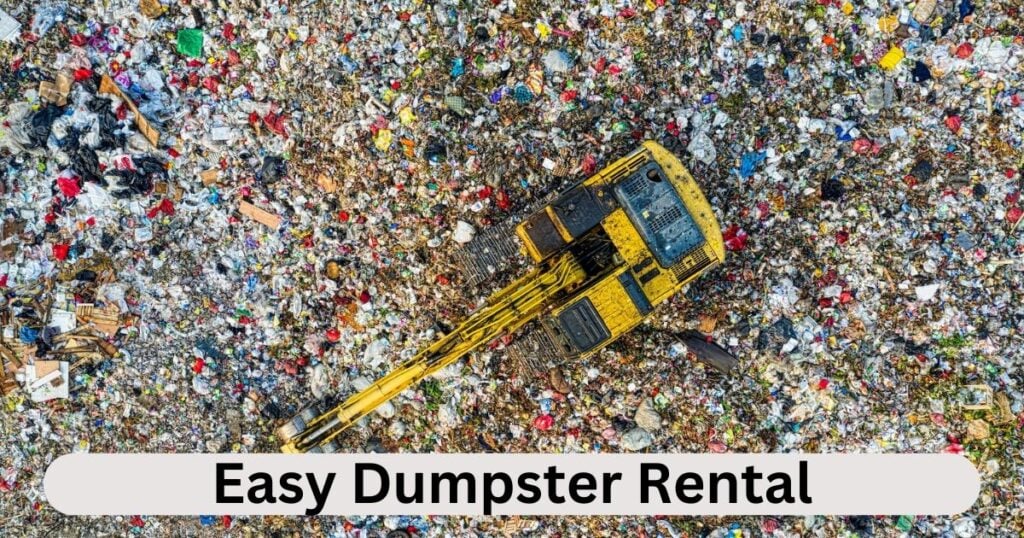
Since human activity is one of the leading causes of climate change, it has resulted in disastrous pollution levels. With more and more people living in urban areas, there has been a dramatic increase in the number of landfills. Dumpster rental sites, and other garbage disposal areas are overloaded with trash. This increase leads to higher levels of air pollution, water contamination, and soil erosion—all of which contribute to climate change.
One of the biggest contributors to landfill trash growth is single-use plastics such as water bottles, straws, and food packaging. These plastics are used once and then thrown away, never to be seen again. They are often non-biodegradable, meaning they will sit in dumpster rental sites for years. This means that while they may be out of sight, they certainly aren’t out of mind when it comes to their environmental impact!
Not only does this affect the environment, but it also affects us as humans. Higher levels of air pollution mean that we are breathing in more toxins. This can result in a plethora of health problems such as asthma or heart disease.
Is excess garbage troubling you? Learn how to declutter productively in our latest blog post titled: Things To Purge During A Move
We have many blog posts to help you with cleaning, clutter and organization as well as environmental issues. Please bookmark us and check back to stay current.
Contact us today to learn more about our dumpster rental services at 1-888-571-6088.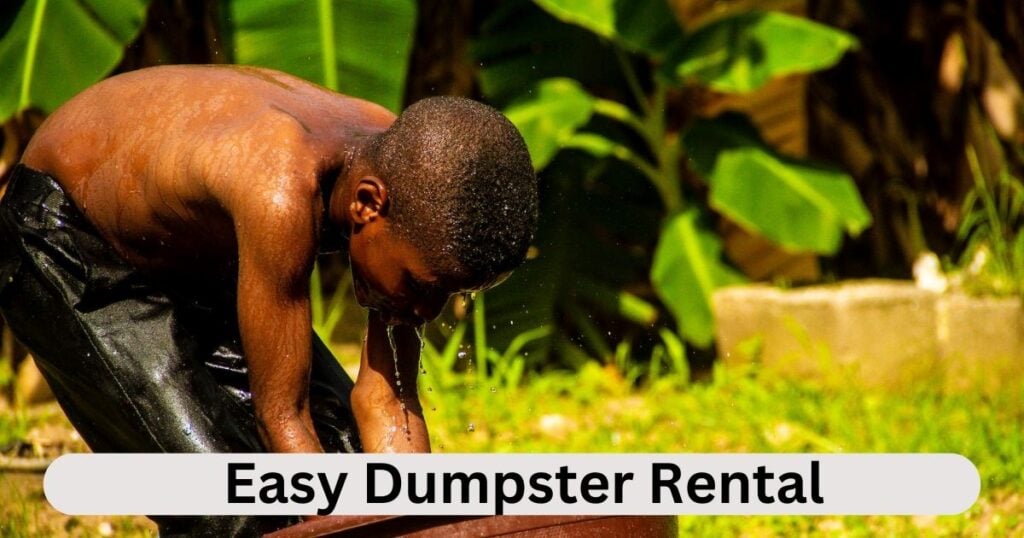
The Rise In Global Temperatures
The earth’s average temperature has risen over the past century allegedly due to increased greenhouse gasses. This is caused by human activities such as burning fossil fuels and deforestation. This alleged increase in temperature has led to extreme weather events such as droughts, floods, and hurricanes, which can have devastating consequences for humans and animals alike.
For example, droughts can lead to food shortages, while floods can cause massive destruction to homes and livelihoods. We’re now experiencing extreme weather conditions because the planet is overloaded with trash, dumpster rental sites and landfills are taking over the ecosystem. Mitigation efforts to stop this climate change are not sufficient.
Increase In Pollution Resulting In Smoggy Air Quality
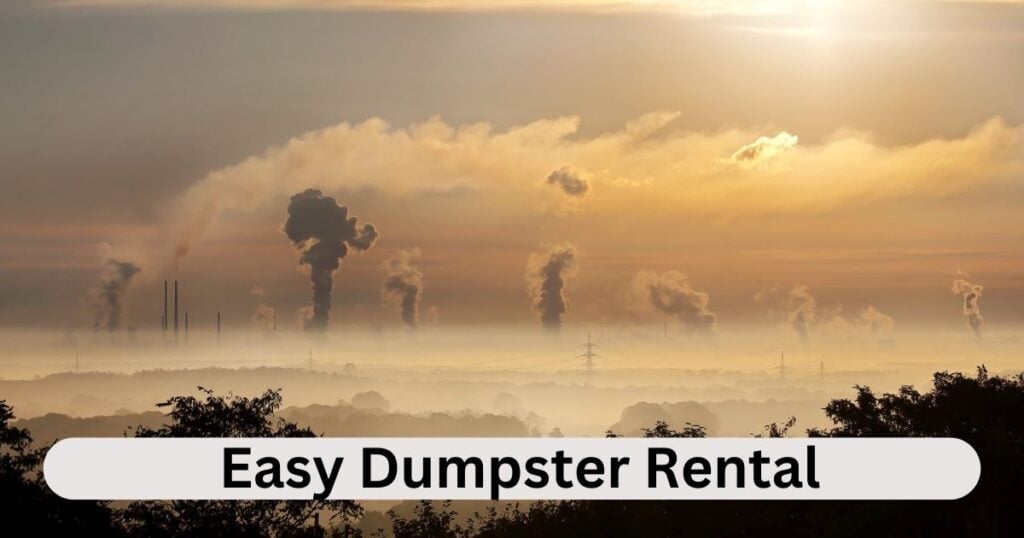
Pollutants like carbon dioxide, sulfur dioxide, nitrogen oxide, and particulate matter are released into the air when factories burn fossil fuels for manufacturing. This kind of air pollution is particularly harmful because it reduces air quality in cities across the globe while also causing environmental issues. Smog and poor air quality have become constant in most major cities because industrial emissions are at an all-time high!
Vehicle emissions also contribute significantly to air pollution; driving cars that run on gasoline produce nitrogen oxide, which contributes to smoggy air quality worldwide. To combat this problem, we need more eco-friendly transportation options that run on alternative fuels like electricity or biodiesel instead of gasoline or diesel. We also need stronger regulations for environmental issues governing industrial trash disposal, so that factory pollutants are kept out of our air! This also takes a toll on our industries as well as our economy. Sending our industries that aren’t environmentally pleasant to other countries is not a sustainable answer to this global issue. We need to clean it all up.
The Destruction Of Natural Habitats For Agriculture And Development
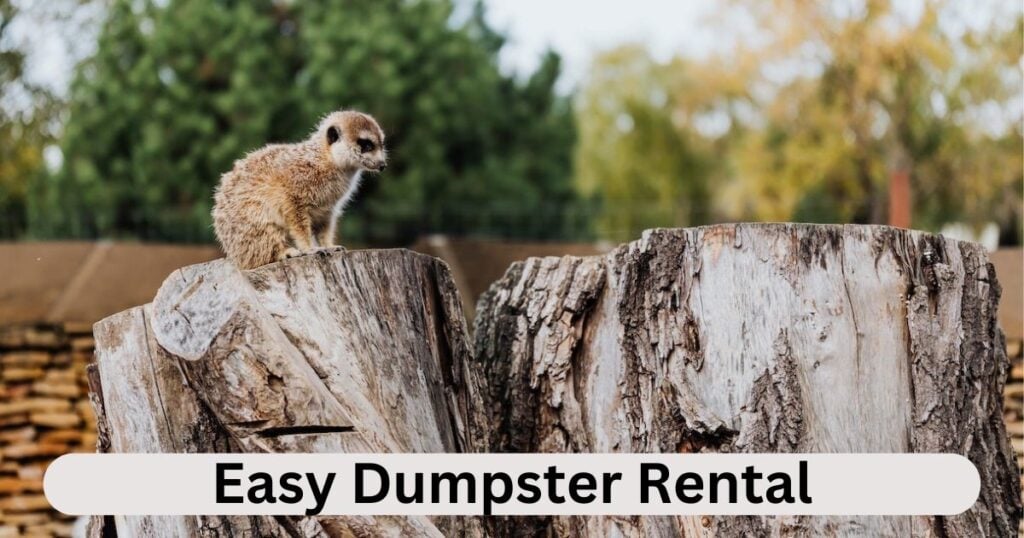
Biodiversity helps maintain healthy ecosystems by providing balance; it ensures that no one species becomes so dominant that it disrupts the delicate balance within an ecosystem. Without biodiversity, ecosystems can quickly become unbalanced and collapse. This is why it is so important to protect natural habitats to preserve biodiversity — and ultimately save our planet.
But sadly, the destruction of natural habitats and bad environment has had a devastating effect on the planet’s biodiversity. As human populations continue to grow, more land is needed for agriculture and development, leading to the loss of forests, meadows, wetlands, coral reefs, and other diverse ecosystems. This destroys the homes of countless species and disrupts the delicate balance of nature.
To save the planet and its biodiversity, we must protect what little habitat remains—and find ways to create new ones. We can do this by reducing trash and recycling more often; by limiting our consumption of products made with unsustainable materials. Very small actions can make a difference and help us save the planet!
Worldwide Increase In Deforestation
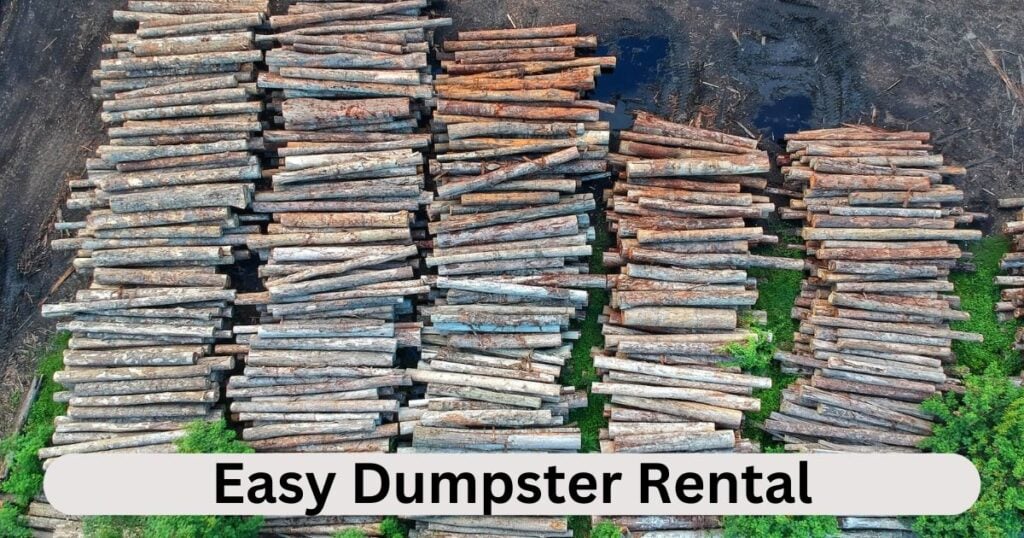
In the past 20 years, deforestation has dramatically increased worldwide as humans clear forests for commercial and residential use. This is a major environmental issue that needs to be addressed because it causes irreparable damage to our climate.
As people move into more urban areas and cities become larger, more land is needed for construction projects. This leads to more forests being cleared to make room for homes and businesses. Logging operations also play a role in deforestation by taking away large swaths of trees to produce wood products.
The consequences of deforestation and excessive construction are far-reaching and can have long-term impacts on our environment. When trees are removed from an area, they can no longer contribute to the removal of carbon dioxide from the atmosphere. This leads to higher levels of carbon dioxide in the air, contributing to global warming and climate change. The lack of land cover can cause soil erosion, loss of habitat for wildlife, displacement of indigenous communities, and, ultimately, climate change.
Frequently Asked Questions
How much has the climate changed in the last 10 years?
According to recent reports, the Earth’s climate has shown significant and concerning shifts over the past decade. From soaring global temperatures, including frequent heat waves, to expanding deserts and shrinking glaciers, mankind has caused immense damage to our planet in a mere ten years.
How bad will climate change be in 2050?
The future of our planet hangs in the balance as the severity of climate change consequences lies heavily upon global actions. We need to take deliberate steps to control emissions. If we don’t we face the grim reality of enduring intensified extreme weather events, rising sea levels, and the resulting loss of biodiversity. There is still hope, as efforts to limit global warming and embrace sustainability can brighten the future of our planet.
When was the biggest climate change?
Around 56 million years ago, the Paleocene-Eocene Thermal Maximum (PETM) triggered Earth’s most significant climate change, with temperatures surging by 5 to 8 degrees Celsius over thousands of years. The event resulted from an enormous release of greenhouse gases, impacting ecosystems and taking hundreds of thousands of years to recover fully. Studying such past changes aids our understanding of current and potential future climate shifts, urging collective action to protect our environment.
How can we solve climate change?
In fighting climate change, collective action is our only real hope. To save Mother Earth, we must prioritize reducing greenhouse gas emissions through renewable energy adoption, sustainable practices, and reforestation. Embracing green technologies, advocating for eco-friendly policies, and encouraging global cooperation can pave the way to a more sustainable future for our planet. Together, we hold the power to conquer climate change and protect the world we cherish.
Why is climate change a problem?
Climate change is an urgent concern, triggering a range of environmental, social, and economic challenges. It threatens our ecosystems, impacting wildlife and biodiversity. Food and water security are jeopardized, and communities risk displacement and increasing social inequalities. Hence, addressing climate change is vital to secure a sustainable future and safeguard the planet for future generations.
Rounding Up
As we can see from the issues discussed above, unregulated human activity is the driving force behind climate change. Construction, deforestation, more dumpster rental sites, and trash everywhere are a few gifts of this consumerist era.
We have all seen them before; tall mountains of plastic. Glass, paper, and metal stand out from the landscape like a sore thumb. Landfills and dumpster rental sites are a necessary part of our waste management system, but they can also be dangerous if not managed correctly. When consumerism increases, so does the amount of waste being dumped into landfills, leading to an ever-growing problem.
Dumpster rental sites fill up with single-use plastics and other types of trash. There is an increasing risk that chemicals contained within these materials could leach into the soil or groundwater. This seepage can lead to contaminated drinking water sources and other serious health concerns.
In addition, landfills emit methane, a potent greenhouse gas that contributes significantly to climate change. This means that landfills have environmental and public health impacts that we must be aware of to address effectively.
To mitigate these environmental issues, governments must implement effective measures. They can do it by controlling construction, bringing recycling plants to the mix, and stopping populations from disturbing biodiversity!
Want to play your part in protecting the environment by safely disposing of your garbage?
Call us today to reserve a dumpster rental at 1-888-571-6088.
